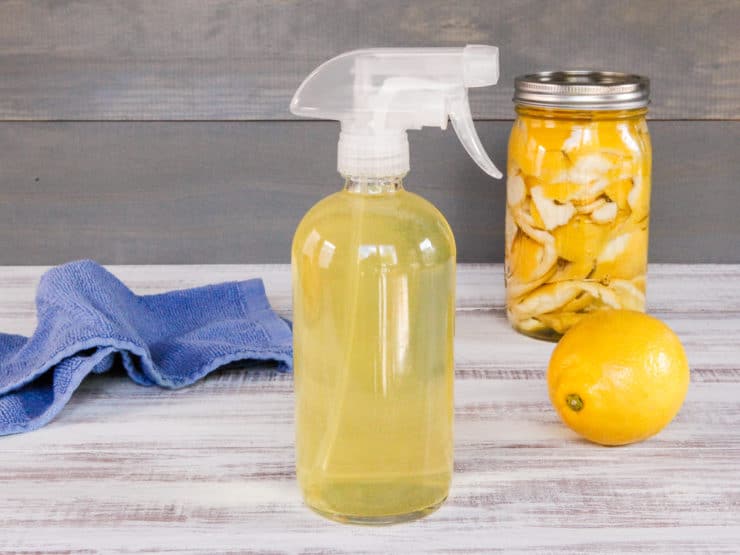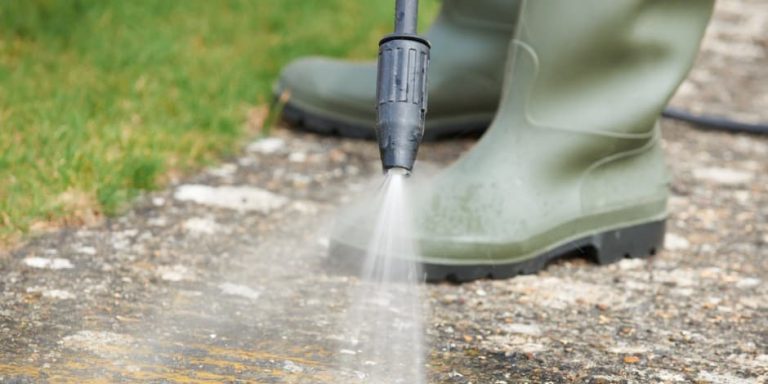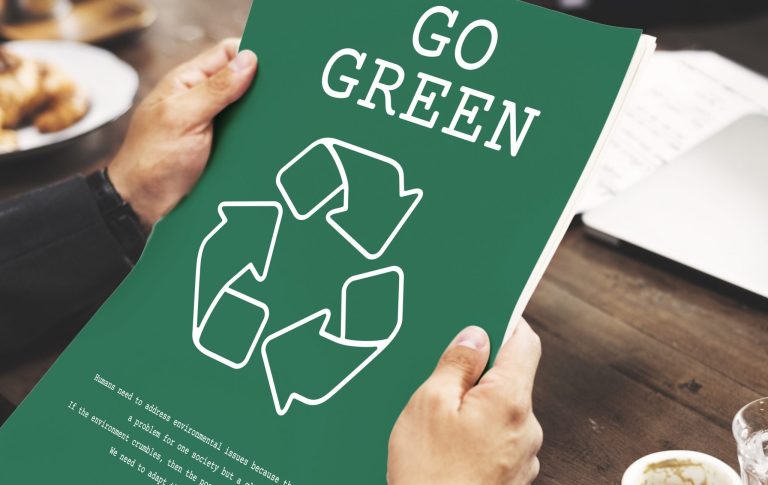
As environmental awareness grows, many homeowners and power washing professionals are looking for greener ways to clean. This has led to a surge in products labeled as “eco-friendly,” “green,” or “biodegradable” additives for use in pressure washing jobs. But that raises a critical question: do these eco-friendly solutions actually make a difference, or are they just clever marketing? 🌱💧
In this article, we’ll break down what these additives are, how they work, their impact on the environment, and whether they’re worth the switch for environmentally-conscious cleaners.
🧼 What Are Eco-Friendly Pressure Washing Additives?
These are cleaning agents designed to:
- Remove dirt, grime, mildew, and stains
- Be less harmful to plants, animals, and waterways
- Break down quickly in the environment (biodegradability)
- Leave minimal chemical residue behind
Common types include:
- Biodegradable surfactants
- Plant-based detergents
- Enzyme-based cleaners
- Citrus or vinegar-based degreasers
- Hydrogen peroxide blends (as a bleach alternative)
Many of these solutions come with certifications or eco-labels like the EPA’s Safer Choice, Green Seal, or EcoLogo.
🌎 How Conventional Additives Harm the Environment
Typical pressure washing chemicals often contain:
- Sodium hypochlorite (bleach)
- Nonylphenol ethoxylates (NPEs)
- Phosphates
- Petroleum solvents
- Synthetic fragrances or dyes
These substances can:
- Contaminate soil and water when carried by runoff
- Harm aquatic life and disrupt reproduction cycles
- Accumulate in food chains (bioaccumulation)
- Kill beneficial microbes in soil or waterways
- Cause health hazards for pets, humans, and wildlife
So it’s no wonder that eco-friendly alternatives are gaining interest. But how do they actually stack up?
✅ Do Eco-Friendly Additives Work?
Yes—but it depends on the job. Many eco-safe cleaners are effective for light to moderate cleaning tasks, such as:
- Dirt and dust removal
- Algae or mildew on siding
- Organic debris on decks or patios
However, for heavy-duty jobs like oil stains, graffiti, or long-neglected surfaces, eco-friendly products may require:
- Longer dwell times
- Scrubbing assistance
- Multiple applications
🧪 A study from the University of Washington compared various green cleaners with conventional ones. The results?
- Eco-friendly surfactants removed 80–90% of mold and mildew from wood and vinyl siding
- Bleach-based products removed 95% in one pass, but left residual chlorine in runoff
Browse Amazon Here For Eco-Friendly Pressure Washing Detergents
♻️ Environmental Benefits of Green Additives
Here’s how they contribute positively:
1. Safer Runoff
Biodegradable ingredients break down quickly in the environment, reducing their potential to harm:
- Aquatic life 🐟
- Soil organisms 🐛
- Beneficial insects 🐞
2. Reduced Bioaccumulation
Plant-based or enzyme-based ingredients don’t accumulate in the food chain the way NPEs and phosphates can.
3. Lower Toxicity
These additives are generally non-toxic to humans and animals, making them safer for use around children, pets, and gardens.
4. Improved Air Quality
Green products usually lack VOCs (volatile organic compounds), reducing air pollution during application.
⚠️ Misleading Marketing: Greenwashing Risks
Not all “eco-friendly” products are as green as they claim. Look out for:
- Vague terms like “natural” or “non-toxic” with no supporting data
- No third-party certification (e.g., no EPA Safer Choice seal)
- Hidden use of fragrance chemicals or dyes
- Claims of “biodegradable” without specifying how quickly or completely
Always read the ingredients and verify claims through reputable labels. If it sounds too good to be true, it might be. 🚫
💸 Cost Considerations
Eco-friendly cleaners can cost 10–40% more than conventional options. However, that cost often pays off in other ways:
- Fewer permits or fines from environmentally sensitive work zones
- Improved brand reputation for professional washers
- Increased demand among environmentally-conscious clients
- Reduced PPE requirements due to safer exposure levels
Some municipalities even incentivize green practices, offering contracts or benefits to certified “eco-clean” providers. 🌎💼
✅ When to Use Eco-Friendly Additives
| Situation | Recommended? | Notes |
|---|---|---|
| Residential siding cleaning | ✅ Yes | Especially near gardens or lawns 🌻 |
| Deck or patio mildew removal | ✅ Yes | Ideal for regular maintenance |
| Oil or rust stain on concrete | ⚠️ Maybe | May need stronger solutions or repeated application |
| Roof cleaning with vegetation | ✅ Yes | Reduces harm to nearby plants |
| Graffiti removal | ❌ No | Typically requires harsher chemicals |
| Jobs near storm drains or waterways | ✅ Absolutely | Reduces risk of environmental violation 💧 |
👨🔧 Best Practices for Eco-Conscious Pressure Washing
- Use Only What You Need – Avoid over-saturating surfaces
- Contain and Redirect Runoff – Keep it away from gardens, lawns, and drains
- Train Staff – Make sure everyone understands proper dilution and application
- Educate Clients – Let them know the benefits of your green practices
- Combine With Low-Pressure Rinsing – To protect both the environment and the surfaces
🌍 Final Thoughts
Eco-friendly additives aren’t just a trend—they’re a crucial step toward more sustainable cleaning practices. While they may not replace every industrial-strength cleaner just yet, they offer a responsible, effective alternative for many residential and light-commercial jobs.
By making thoughtful choices about what we spray and where that water ends up, we can help ensure our cleaning practices support—not harm—the ecosystems we share. 🌱🧼💚
Browse Amazon Here For Top Rated Power Washers And Accessories






